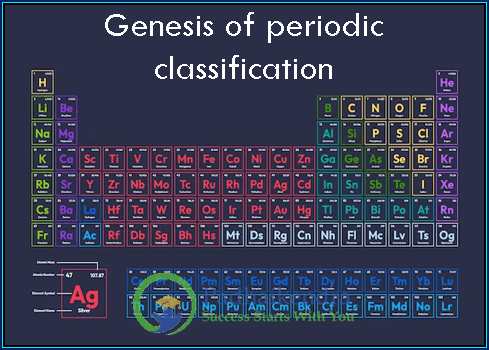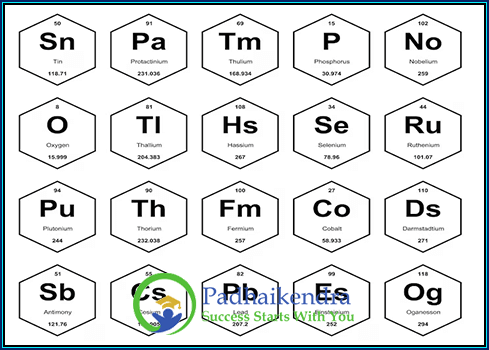The genesis of periodic classification can be traced back to the early 19th century when scientists began to realize that there were certain patterns and similarities among the known elements. Over time, several scientists proposed different ideas for organizing the elements.
One of the first attempts at grouping the elements was made by Johann Wolfgang Döbereiner in the early 1800s. He noticed that some elements had similar properties and grouped them into “triads” based on their atomic weight. The triads consisted of three elements, where the middle element had an atomic weight that was roughly the average of the other two. For example, the triad of chlorine, bromine, and iodine had atomic weights of 35.5, 80, and 127, respectively.
In the mid-1800s, John Newlands proposed a law of octaves, which stated that every eighth element had similar properties. He arranged the elements in rows of seven, with the eighth element repeating the properties of the first. However, his law only worked for the first few elements, and it was criticized for being too simplistic.
Later, Lothar Meyer and Dmitri Mendeleev independently developed periodic tables based on the atomic weight of the elements. Meyer plotted the atomic volume of the elements (the volume occupied by one mole of atoms) against their atomic weight and found a periodic pattern. Mendeleev arranged the elements in a table based on their atomic weight and properties, with gaps left for undiscovered elements. He also made predictions about the properties of these undiscovered elements based on their position in the table.
Mendeleev’s periodic table was widely accepted and is considered the first successful attempt at periodic classification. He arranged the elements in columns (or groups) based on their chemical and physical properties, and in rows (or periods) based on their atomic weight. He also arranged the elements with similar properties in vertical columns, and he left gaps in the table for elements that had not yet been discovered.
The modern periodic law, proposed by Henry Moseley in 1913, states that the properties of the elements are a periodic function of their atomic number, rather than their atomic weight. This led to the present form of the periodic table, which arranges the elements in rows and columns based on their atomic number, with elements with similar properties arranged in vertical columns (or groups). The modern periodic table contains 118 elements, arranged in 18 groups and 7 periods. The periodic table is an important tool for chemists, as it allows them to predict the properties of elements and their compounds, and to understand the relationships between them.





